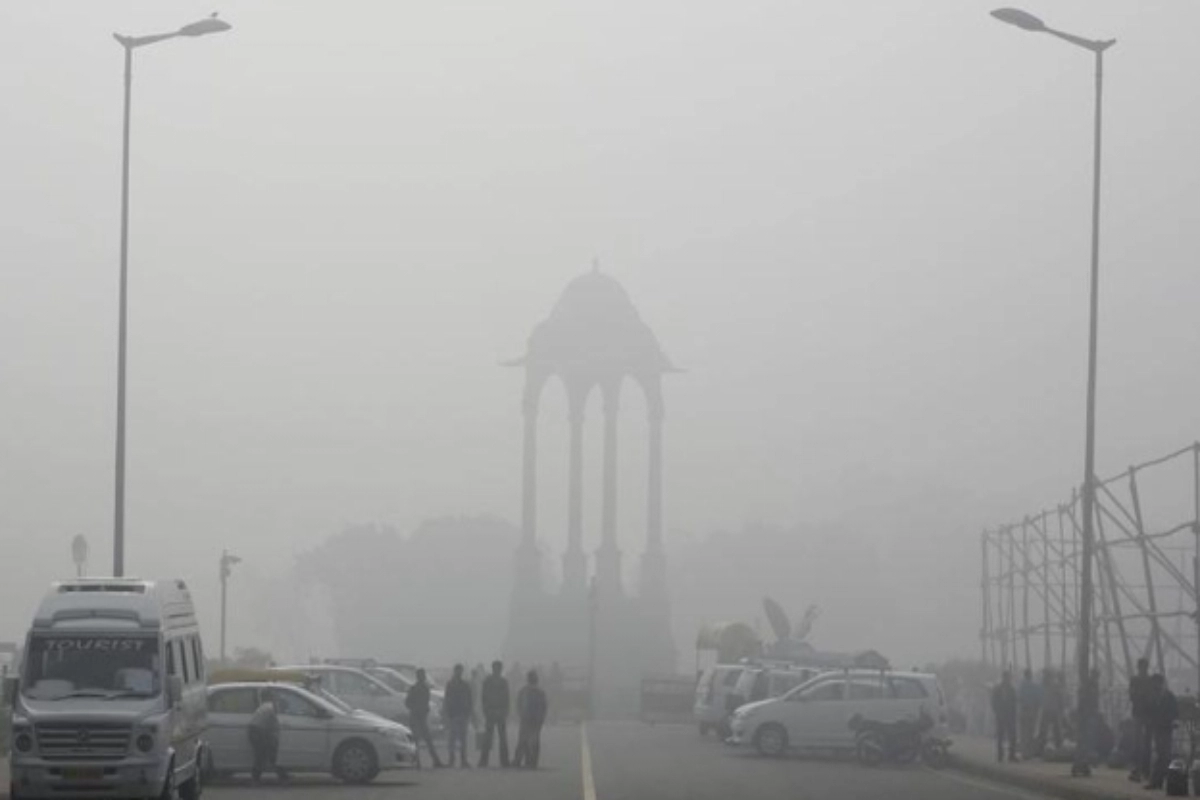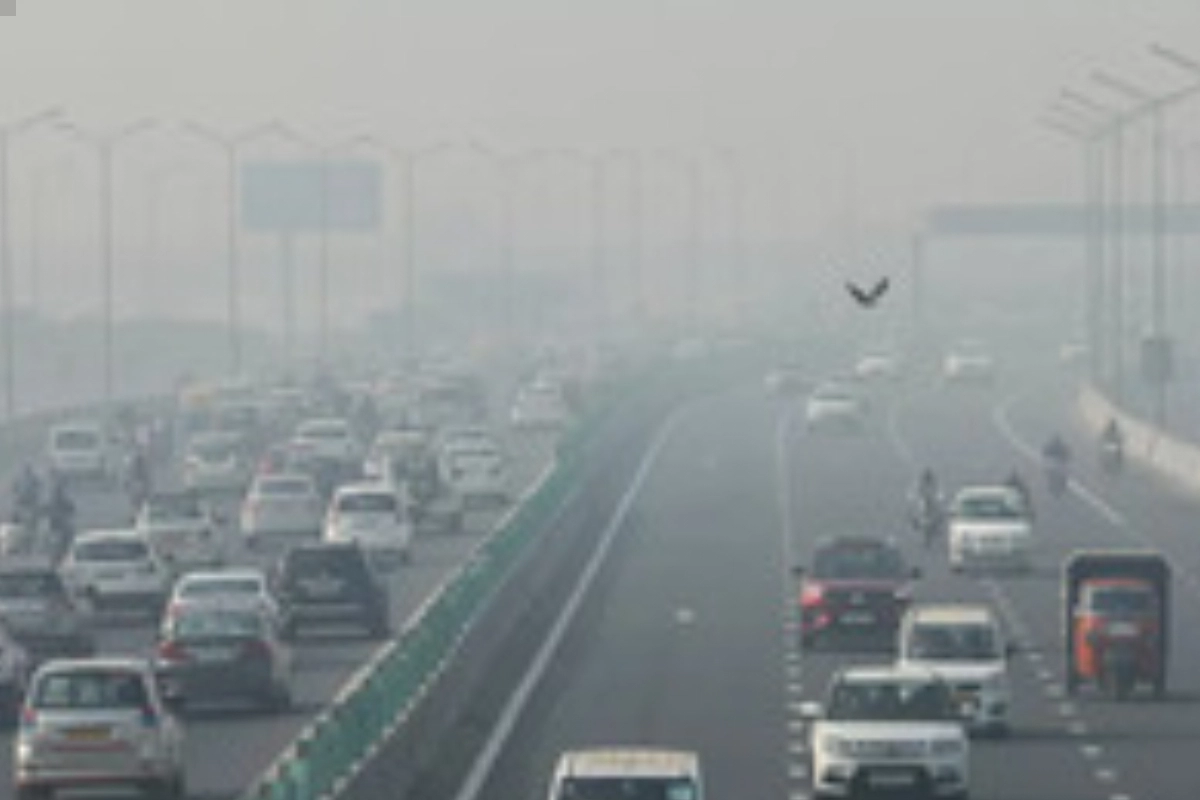Delhi-NCR Pollution: The term PM2.5 describes particulate matter (PM) in the atmosphere with a diameter of less than 2.5 micrometres, or around 3% of a human hair’s diameter. Particles of this category, which are sometimes denoted as PM2.5, are so tiny that a microscope is required to view them. They are even smaller than PM10, the other category of fine particles, which are defined as particles with a diameter of 10 micrometres or less.
Long Airborne Lifespan
Fine particles typically stay in the air for longer than heavier particles because they are so light and tiny. This raises the possibility that both people and animals will breathe them in and become ill. Particles less than 2.5 micrometres can enter the circulatory system and deeply permeate the lungs, avoiding the throat and nose due to their minute size. Research has indicated a strong correlation between early mortality from heart and lung diseases and fine particle exposure. Additionally, chronic diseases including asthma, heart attacks, bronchitis, and other respiratory issues have been shown to be aggravated or precipitated by fine particles.
Who’s Most at Risk from PM2.5 Pollution
Numerous research have also demonstrated a link between birth abnormalities and mothers’ exposure to small particles. When ambient PM2.5 exceeds harmful levels, those with lung and/or heart disease, children, and older persons should take extra care since they are more susceptible to the negative effects of tiny particles in the air.
How Fine Particles Affect Breathing
Exposure to PM2.5 and PM10 has been linked to several harmful health effects. Short-term exposure to PM2.5 (up to 24 hours) has been linked to respiratory symptoms, restricted activity days, acute and chronic bronchitis, asthma episodes, early death, and an increase in hospital admissions for heart or lung causes. The majority of the cases of these harmful health impacts have been documented in older adults, toddlers, and newborns who already had heart or lung conditions. Furthermore, according to the Global Burden of Disease Project of the World Health Organisation, of all the prevalent air pollutants, PM2.5 is linked to the largest percentage of unfavourable health impacts due to air pollution, both in the United States and globally.
How to Keep Yourself Safe From PM2.5
- When it’s feasible, stay inside and shut all windows and openings that let contaminated air in.
- Switch on an air purifier that has a HEPA filter. Fine particles in the air can only be efficiently removed by a HEPA filter.
- Since HEPA filters reduce air intake and make the engine work harder to push or pull air through, the majority of air filters found in air conditioners are not HEPA filters. But even with restricted fresh air intake, an air conditioner can still be useful because it circulates air and lowers or raises room temperature.
- To avoid dangerous particles and gas (such carbon monoxide) from building up, do not burn candles, incense, or run equipment that release smoke or gas when most or all windows are closed.
- Get a true air purifier for your car that has activated carbon and HEPA filters at the very least if you are a road warrior who must drive in all types of weather. Not even tiny particles from traffic exhaust can be effectively removed by a standard automobile filter.
- If several days are predicted for the air pollution, you might want to relocate somewhere else.
- If you must go outside, go as quickly as possible and wear a face mask with a N95 rating or higher.
Keep watching our YouTube Channel ‘DNP INDIA’. Also, please subscribe and follow us on FACEBOOK, INSTAGRAM, and TWITTER.












